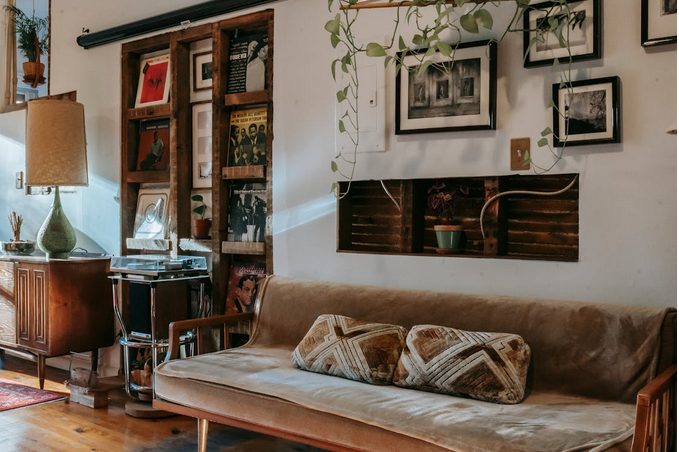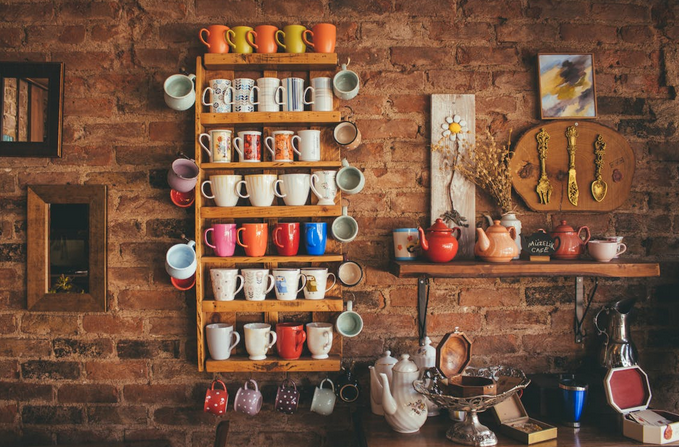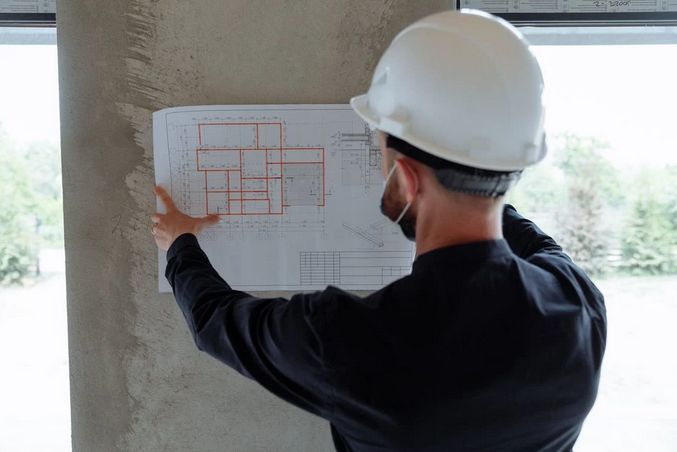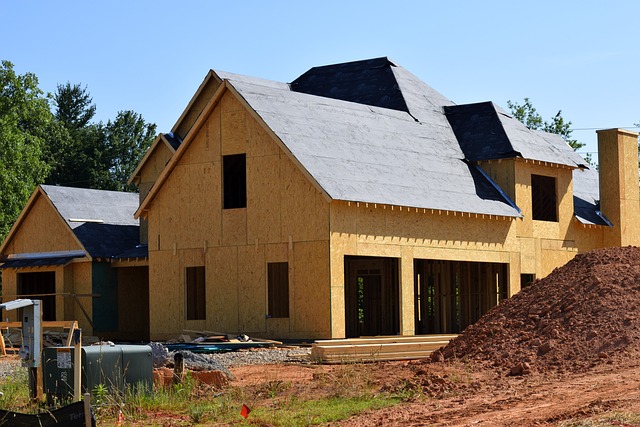
Elevating Spiritual Spaces: A Guide to Choosing and Incorporating Christian Wall Art Designs
Our living spaces are more than just physical structures; they have the potential to be sanctuaries where we find solace, connect with our faith, and draw inspiration. Christian wall art designs play a significant role in creating an environment that nurtures spiritual growth and reflection. There are some stores where they recommend Christian wall art designs that may be suitable for your spiritual space. In this guide, we’ll explore the art of choosing and incorporating Christian wall art to elevate your living spaces into places of reverence, inspiration, and worship.
Understanding the Power of Visuals in Faith
Visual imagery has been integral to religious expression throughout history. Christian wall art serves as a visual representation of sacred stories, values, and messages, offering a tangible way to connect with and internalize spiritual teachings.
Reflecting on Your Spiritual Journey

Before selecting Christian wall art, take a moment to reflect on your personal spiritual journey. Consider the aspects of your faith that resonate deeply with you, whether it’s a specific Bible verse, a particular story, or a spiritual concept. This reflection will guide your choice of art that holds personal meaning.
Embracing Diverse Styles and Interpretations
Christian wall art comes in a myriad of styles, ranging from traditional to contemporary. Don’t hesitate to explore different artistic interpretations of your chosen theme. Whether you’re drawn to realistic portrayals or abstract symbolism, each style can evoke a unique emotional response and enhance your connection to the message.
Choosing the Perfect Space
Identify the areas in your home that could benefit from a touch of spiritual ambiance. Consider spaces where you often seek quiet contemplation or engage in prayer. Common choices include living rooms, bedrooms, home offices, and entryways.
Complementing Existing Décor
Christian wall art should harmonize with your existing décor while also standing out as a focal point. Consider the color palette and design elements of the room. Opt for art that complements these elements while adding a touch of spiritual elegance.
Choosing Sizes and Scales
The size of the wall art should be proportional to the wall it will adorn. Oversized pieces can serve as bold statements, while smaller artworks can create intimate, inviting spaces for reflection. Pay attention to the dimensions and layout of your chosen wall to ensure the art fits harmoniously.
Framing Certain Angles
The choice of framing and presentation significantly impacts the visual impact of the artwork. A well-chosen frame can enhance the art’s aesthetics and elevate its presence in the room. Consider frames that resonate with the overall style and atmosphere you wish to create.
Customizing Creations and Personal Touches
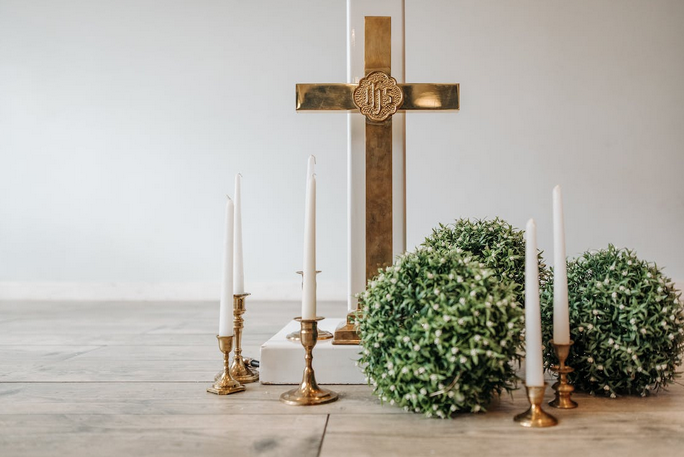


Consider commissioning custom Christian wall art that encapsulates your personal journey and beliefs. Collaborate with artists to create a piece that resonates deeply with you and your family, making it a cherished heirloom for generations to come.
Rotating Art for Seasonal Reflection
Rotate Christian wall art to coincide with different seasons, holidays, or periods of reflection. This practice keeps the space feeling fresh and allows you to engage with …
